Learn how to grow this tropical plant that will brighten your garden
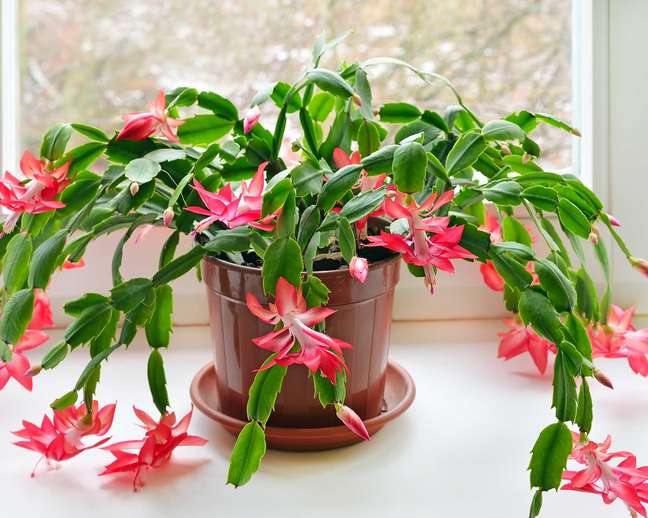
Do you want to know how to grow a the flower of May? We are here to help. These cheerful houseplants are perfect for brightening up your home during the colder season. And with a few simple tips and tricks, it’s easy to take care of it.
When it comes to interior decorating, bringing a plant or two is a great way to boost the mood. And a May flower is ideal if you want a more contemporary touch.
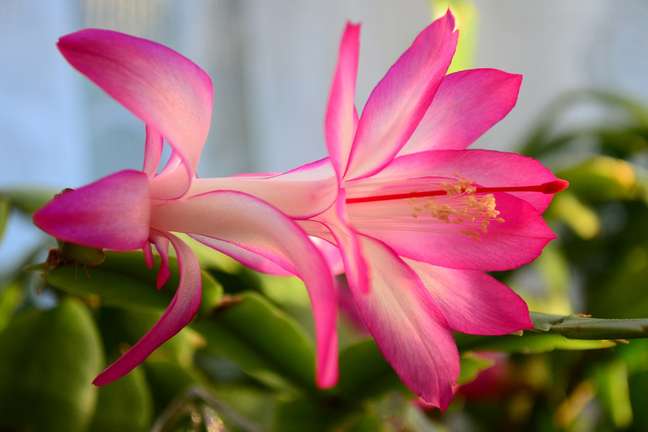
“Traditionally, these low-maintenance plants provide a colorful view of red flowers, but they are also available in pink, white, purple and orange varieties,” explain the houseplant experts behind Baby Bio. There is one for every decor scheme.
4 simple tips on how to grow a May flower
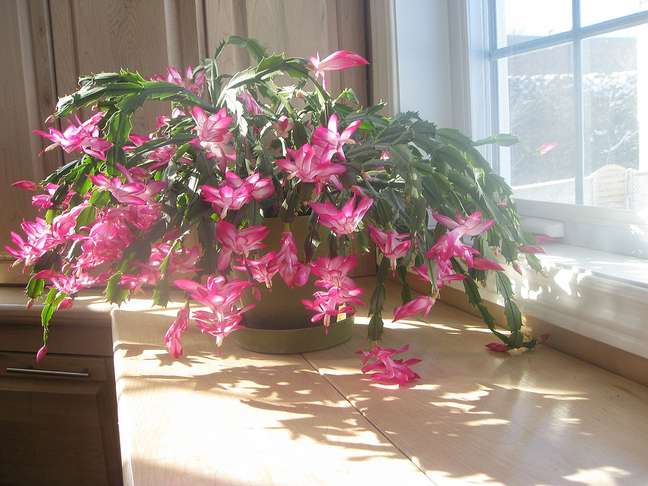
“Festive, floral and full of color – the May flower is always a popular plant,” says Jo Lambell, founder of Beards & Daisies and a houseplant expert.
“Even though it’s still classified as an easy-care plant, don’t treat it like you would a regular cactus,” adds Jo. “It is an epiphyte and is native to the tropical forests of southern Brazil, where it grows on tree branches. Therefore, its care must be like that of a tropical plant.”
We’ve rounded up the best points on how to grow a May flower to ensure you get the best results.
1. Suitable soil
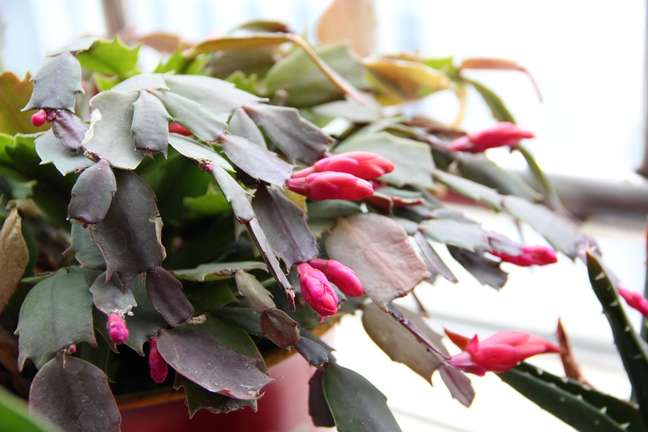
First of all, you need to make sure your Mayflower is in the ideal soil type. This is especially important to consider if you are learning how to repot or pot from seedlings.
“Like any other succulent or cactus, make sure your plant is in a pot well-drained soil“says the Baby Bio team. But also keep in mind that May flowers prefer mildly acidic conditions. Using a cactus-specific preparation can help maintain the right balance and your plant will flower.
“Use fertilizer every two weeks from spring to fall and reduce feedings to once a month during the winter to encourage flowering,” the team adds.
2. Lighting
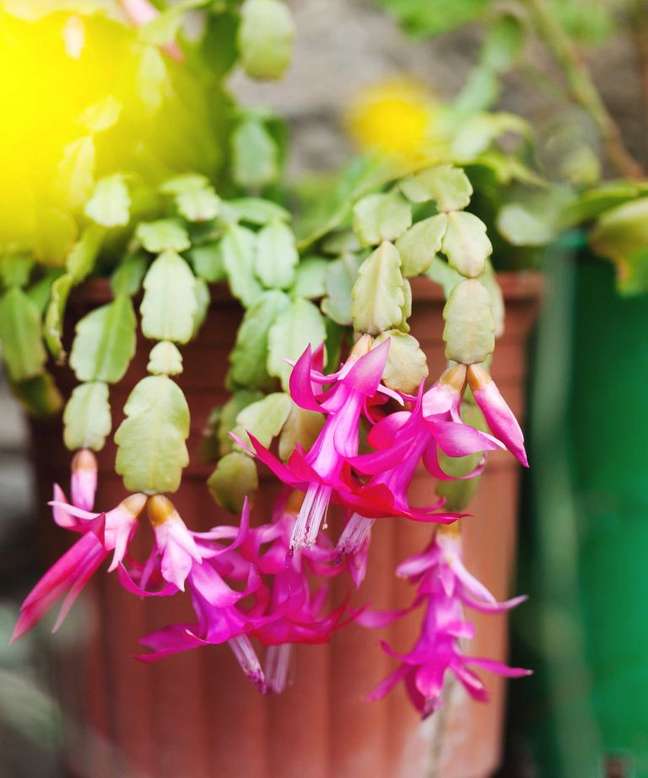
As with any successful houseplant, you need to make sure you have the right lighting conditions.
“Many plant parents assume that cacti need full sunlight, but the Mayflower actually performs best in bright but indirect sunlight,” says the Baby Bio team.
Jo Lambell agrees: “It can handle low light, but bright indirect light is ideal for this plant and will encourage more blooms as well.”
3. Humidity
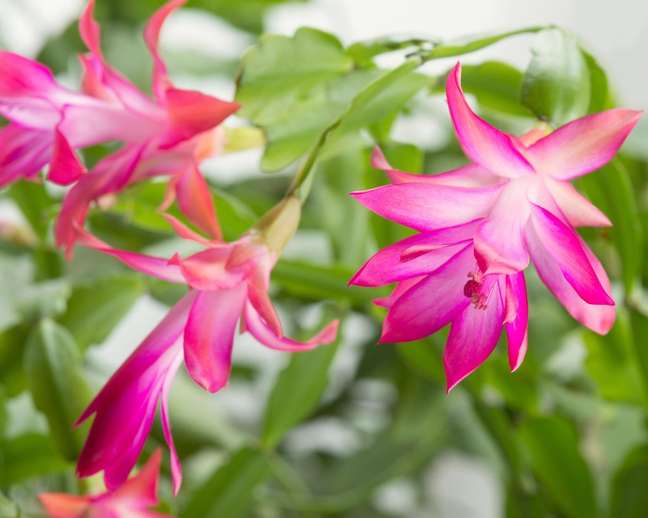
These plants love high levels of humidity. The Baby Bio team suggests spraying your plant regularly or putting it in a tray of wet pebbles. This is especially useful during the winter months, when the air in homes can get drier.
Better yet, place them in a kitchen or add them to your bathroom houseplant collection. Both areas benefit from the high humidity compared to other rooms in the house, the team says.
Essential Living experts also recommend “always avoid placing your cactus near a fireplace or a hot radiator that will suck moisture out of the air.”
4. Rotate the pot regularly
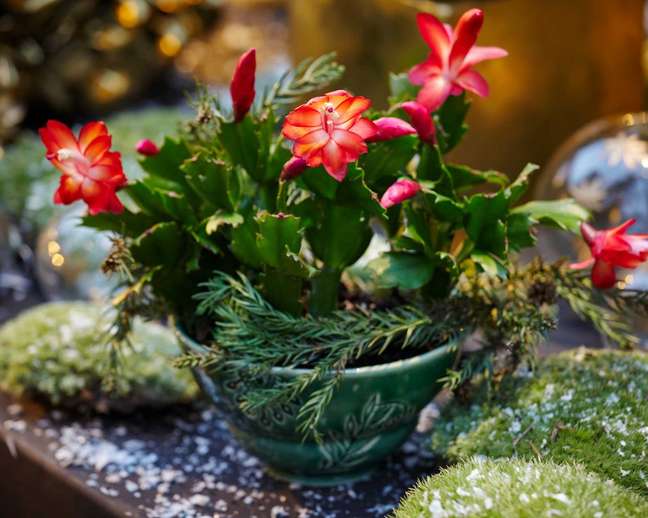
“Make sure you rotate your plant regularly,” adds the Baby Bio team. This will ensure that all sides receive the same amount of light, which helps establish a uniform growth pattern.
“And try putting them in a hanging pot to encourage full, even growth,” adds the team. Speaking of hanging plants, why not create beautiful outdoor displays as well?
What are the most common problems?
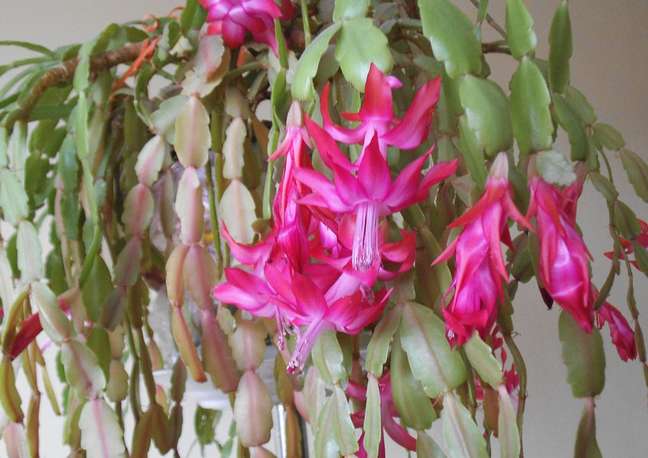
Even the best indoor plants can have their fair share of problems, but most are easy to fix. In terms of May Flower, pay attention to the following, as Jo Lambell of Beards & Daisies says:
- The drop in flower buds can be attributed to sudden changes in temperature and excess water. During the growing season it is best to maintain a temperature between 18 and 20 ° C;
- Withered stems can occur when the plant is too hot or due to incorrect, too much or too little watering. Adjust the light and amount of water you water the plant with and it should recover;
- Discoloration occurs when the plant is exposed to too much light. Remember, these cacti are different from desert cacti and are used for partial light as they naturally grow in rainforests.
irrigation
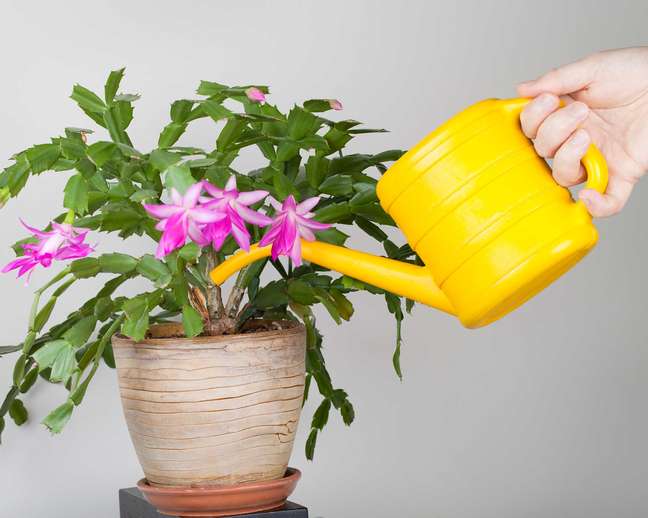
Excess water is one of the biggest Mayflower killers as it can lead to diseases such as white rot. “They only need to be watered once every two weeks during the summer and only once a month during the winter,” says the Baby Bio team.
“Water only when the first 2 inches of soil are completely dry, then use your finger or pencil to test moisture levels before each watering. If dry, aerate the soil to allow for even distribution.”
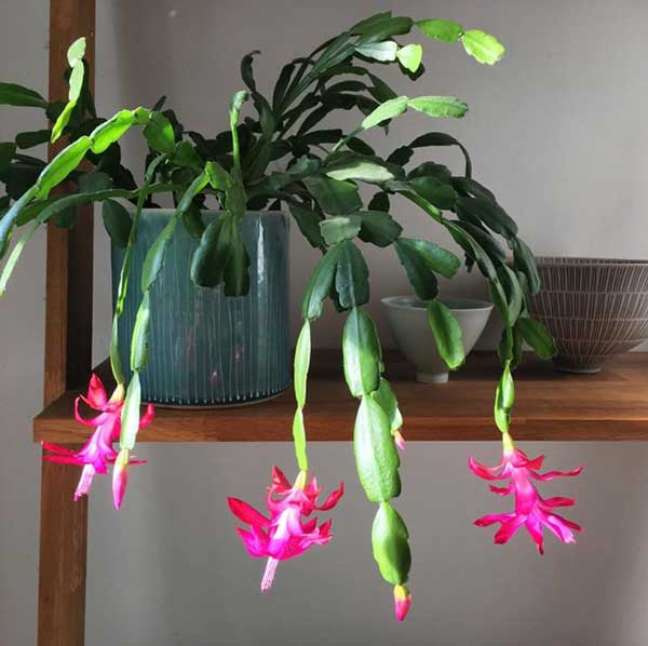
It’s all about balance. Don’t leave your plant without water for too long or it will wilt, as Essential Living explains. A May flower does not tolerate completely dry soil, unlike a desert cactus.
Propagation
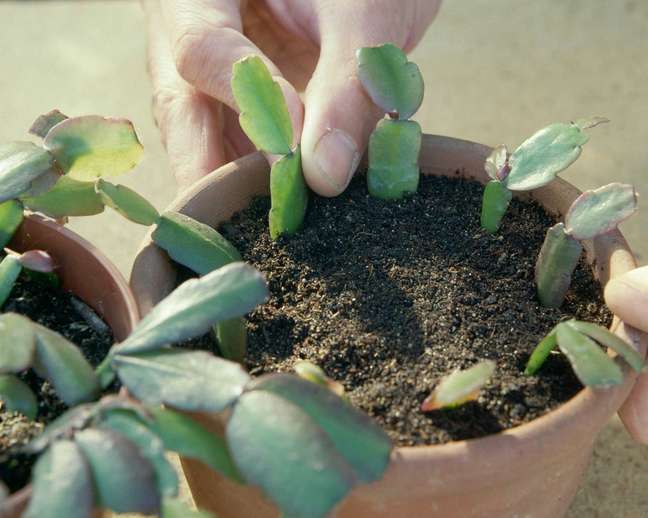
Learning how to plant seedlings is an easy way to get new plants.
“The Mayflower is very easy to propagate,” says the Baby Bio team. It is usually best to do seedlings in early spring. They share their tips on how to do this:
Using a clean, sharp knife or scissors, simply make a Y-shaped cut from the tip of a stem, near the lower sections of the plant.
Let the end of the cut dry for about a day to keep the stem from rotting, then plant it in well-draining potting soil about 1 cm deep. Place your seedling in bright but indirect sunlight and water sparingly to keep it from rotting. It usually takes about 12 weeks to root.
* Via gardening etc.
Source: Terra
Benjamin Smith is a fashion journalist and author at Gossipify, known for his coverage of the latest fashion trends and industry insights. He writes about clothing, shoes, accessories, and runway shows, providing in-depth analysis and unique perspectives. He’s respected for his ability to spot emerging designers and trends, and for providing practical fashion advice to readers.






-t4ibkqt14qpk.jpg)
